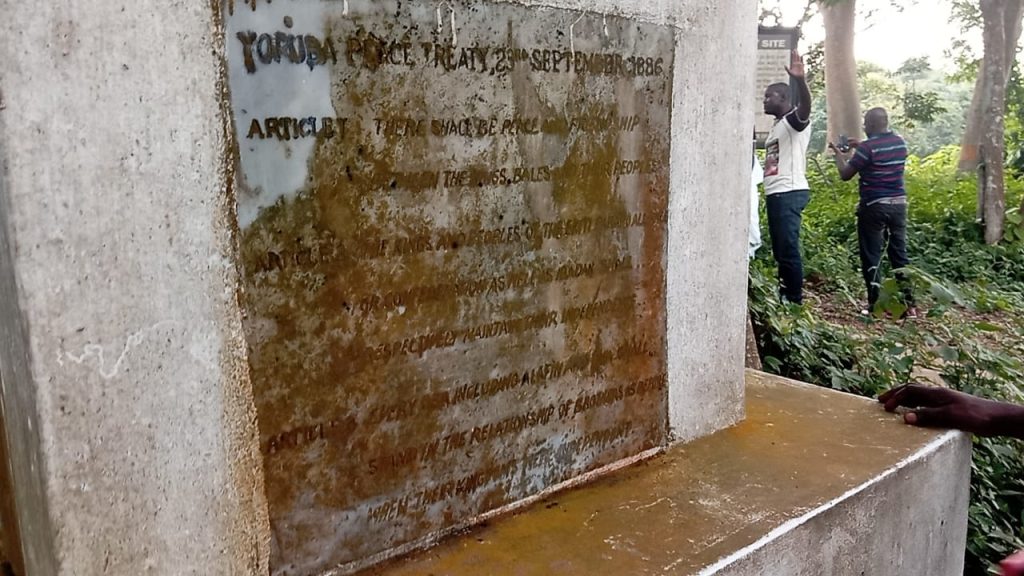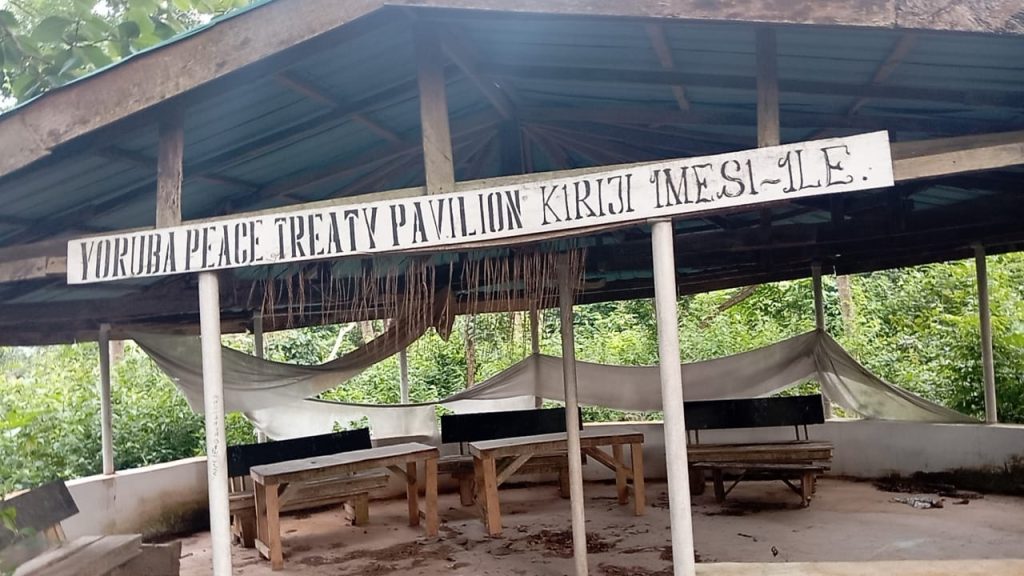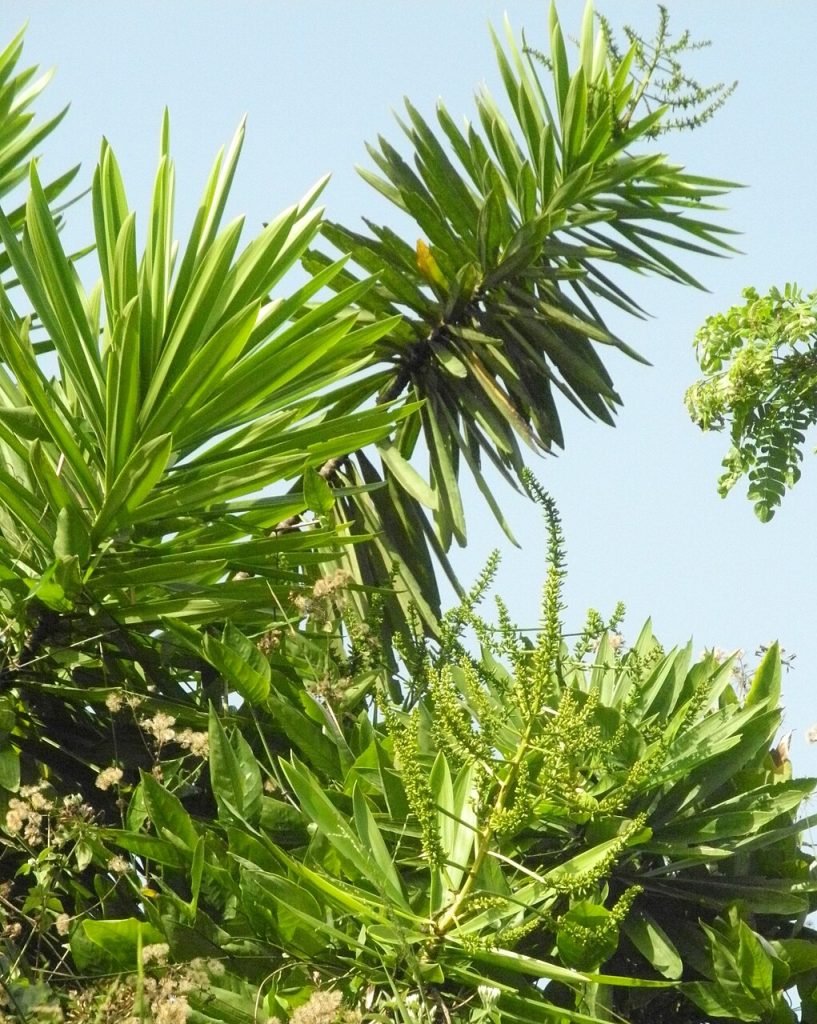KIRIJI PEACE TREATY & MEMORIAL PARKS.
A Kiriji Peace Treaty & Memorial Park, to commemorate the end of all wars in Yorubaland and to celebrate Yoruba unity, 138 years after the end of the Kiriji war





Kiriji War History
The Kiriji War, an epic battle fought by the Yoruba for 16 years, is believed to be the world’s longest civil war by any ethnic group. The Kiriji War ended with signing of a Peace Treaty on September 23, 1886. The war got its name (Kiriji) from the thunderous sound “kiriiiiiiiiji” of the cannon guns which the Ekitiparapo purchased in large numbers. The cannon gave them an advantage over the Ibadans.
Ibadan wanted a centralized political system, with a central economy, a command military structure, a central administration and a forcefully united Yoruba Nation, while the other Yoruba subgroups wanted a decentralized structure, where all the federating units would be autonomous and would be able to plan their political future based on their own heritage.
Ibadan was led by its commander-in-chief, Aare Obadoke Latosa, Balogun Beyioku Akere, Balogun Osungbekun. The Ibadan army pitched their camp at Igbajo. Camp at Elebolo. Ekiti Parapo camped at Imesi-Ile. Ilara Mokin in Ondo State was said to have been the headquarters of the Ekiti Parapo secret service.



This tree was adopted as symbol of unity among the Yoruba. It’s a tree that cannot be destroyed. The first Peregun was planted by Ogedengbe and Osungbekun in memory of Aare Latoosa. ọdọọdún ni pèrègún ń yè ― The peregun plant survives every year

A ceasefire was arranged in 1886 through the efforts of Samuel Johnson, the historian, and Bishop Charles Phillips. The parties then signed a treaty in Lagos in the presence of Governor Cornelius Alfred Moloney of Lagos. This led to the independence of the Ekitiparapo towns.
A stream that flows with blood during the Kiriji war, it’s now a clean and healing water use for spiritual purposes. Its a place to visit.
